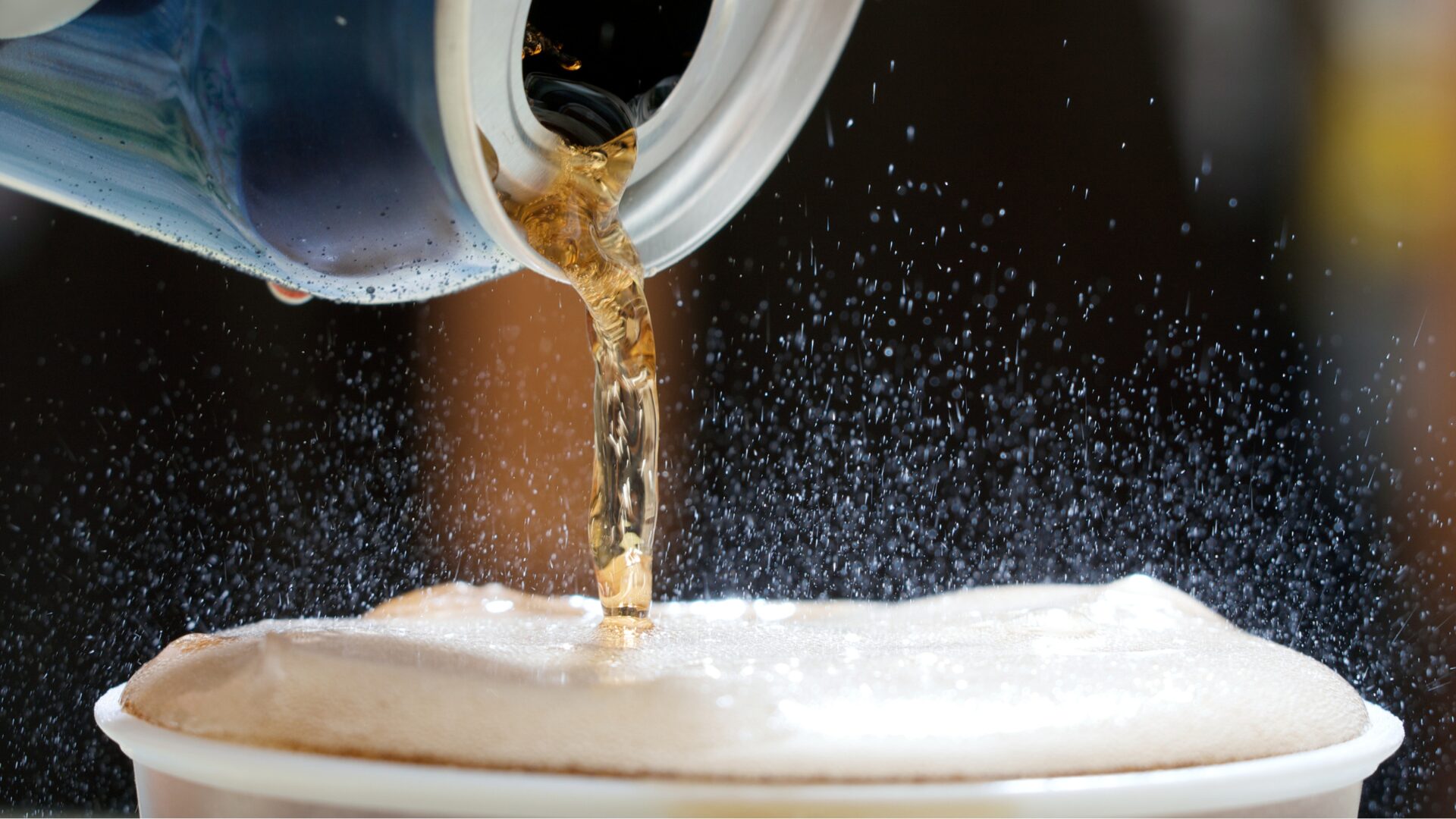There’s a new wrinkle in the restaurant experience – and a new revenue stream: direct-to-consumer products featured on menus.
The overall idea is not new. Lawry’s Prime Rib began marketing its signature seasoned salt in 1938. The twist this time, however, is taking an established, but not widely known, brand and marketing it through a restaurant’s menu.
Matt Alexander, CEO and co-founder of Neighborhood Goods, is trying out the concept at the company’s Austin, Texas, store eatery, The Marketplace.
“From a retail perspective, we’ve often been seen as a place for discovery and, considering the adjacency to, and overlap with, our restaurants, we saw opportunity to extend this discovery into the CPG space,” he told The Food Institute in an email. “Brands like Fly By Jing [Chinese cooking sauces] and Parlor [coffee] were right at the top of our list. They’re brands we admire and enjoy. But they’re also brands you don’t often see in your typical grocery store – or otherwise. So, they offer an interesting opportunity for us to contribute something new for both the brand and our customer.”
The brands are featured in some of the restaurant’s offerings and sold independently right next to it.
“With Fly By Jing, for instance, we’ve used the product in a cocktail. And, with Parlor, we’ve made a coffee-rubbed burger,” Alexander said.
The pandemic provided a major boost to ecommerce and food and drink brands want to keep the interest growing. Consumers spent $861.12 billion online last year, up 44% from 2019, Digital Commerce 360 (Jan. 29) reported. Grocery sales represented $95.82 billion of the total, up 54% from the previous year, Insider Intelligence-eMarketer (Feb. 24) reported, with sales expected to double their market share by 2025, according to Supermarket News (Sept. 18). Online CPG food and beverage sales more than doubled in 2020 to $66 billion, Supermarket News (Jan. 25) reported.
Retail Brew (May 17) reported aperitif-maker Haus is “signing contracts with restaurants all over” after experimenting at two California sites. Plant-based chicken-style nugget brand Nuggs told Retail Brew it is making inroads with QSRs.
Haus’ Price Hambrecht said the experiments already are paying off, with consumers going to the company’s website and buying additional flavors.
The movement is starting small, largely because the companies do not have the capacity to mount a nationwide push.
Alexander said it is still unclear what impact the sales will have on the store’s bottom line, but there are plans to expand the concept to the company’s other two locations, incorporating other brands as part of a plan to expand offerings and rotate them among locations.
Alexander said CPG companies are eager to participate, lamenting they haven’t had much opportunity to offer samples in restaurants or stores during the pandemic.
“Integrating these products into a menu — which customers otherwise may only see online and, perhaps, in passing at a grocery store — is a great opportunity to provide that introduction to discerning customers,” he said.
Alexander is enthusiastic about the approach but cautions success will come down to “how you execute and put it together.
“For us, it makes a lot of sense in context of our broader concept, The Marketplace. If you were to just have a lot of branded items on a menu, it may not land quite the same way,” he added.












